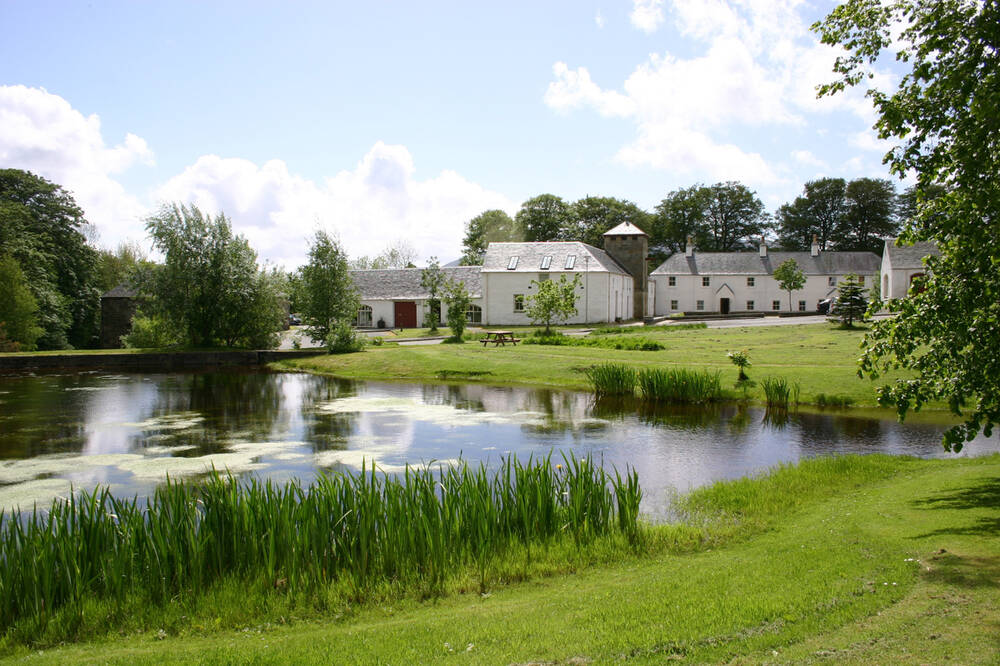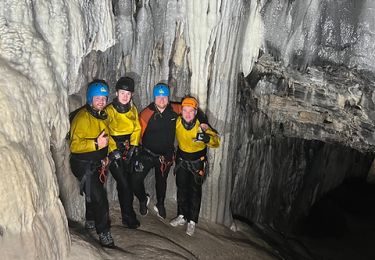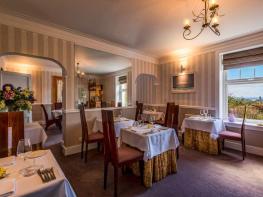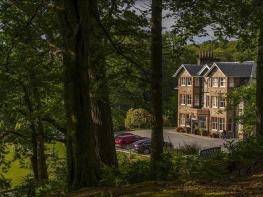The Cornerstone Restaurant and Bed and Breakfast is a no-frills restaurant with rooms enjoying a…
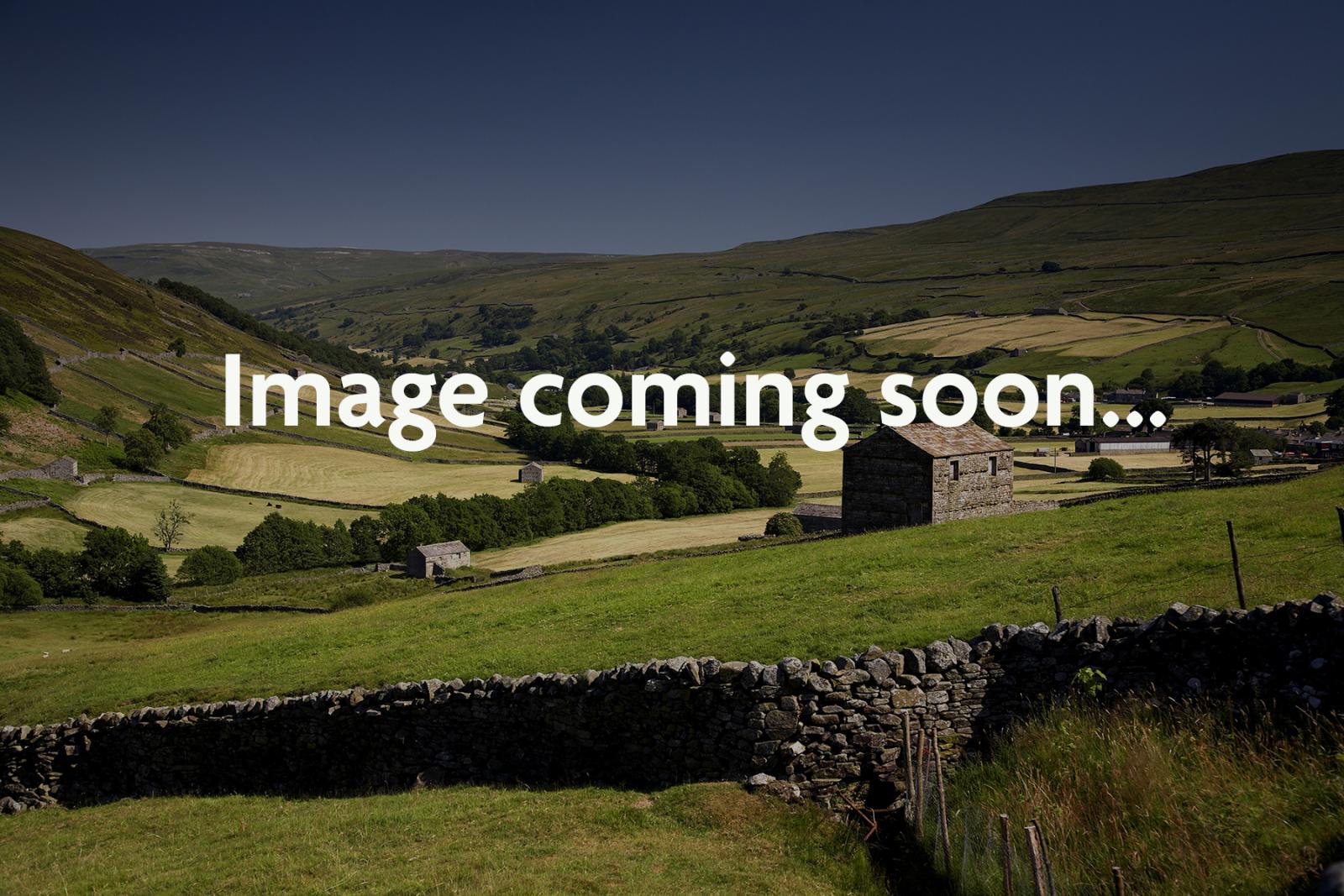
Our View
Such was the wildlife importance of the diamond-shaped island of Rum in the Inner Hebrides, it was declared Scotland’s second National Nature Reserve in 1957. Rum’s contrasting landscapes, from peat bogs punctuated by glistening lochans, to towering mountains and seacliffs clamorous with seabirds, give the island its special character. Rum is perhaps most famous for the reintroduction of white-tailed sea eagles – Britain’s largest bird of prey – in 1975. At least two of the 40 pairs of sea eagles on Scotland’s west coast still regularly breed on Rum, and they share their airspace with soaring golden eagles. Just as important in wildlife terms are the over 70,000 pairs of Manx shearwater, which fly in at night to nest in burrows on the mountain slopes. Although rarely seen by visitors, the Manx shearwater is Rum’s commonest bird, and the Rum population makes up one of the world’s largest breeding colonies. Add to that the herds of red deer and otters and seals in Loch Scresort, and Rum certainly earns its place as one of Britain’s top NNRs.
Features
Also in the area
About the area
Discover Highland
Apart from the Orkneys and the Shetlands, Highland is Scotland’s northernmost county. Probably its most famous feature is the mysterious and evocative Loch Ness, allegedly home to an ancient monster that has embedded itself in the world’s modern mythology, and the region’s tourist industry. Monster or no, Loch Ness is beautiful and it contains more water than all the lakes and reservoirs in England and Wales put together. The loch is 24 miles long, one mile wide and 750 feet deep, making it one of the largest bodies of fresh water in Europe.
At the very tip of the Highlands is John o’ Groats, said to be named after a Dutchman, Jan de Groot, who lived here in the early 16th century and operated a ferry service across the stormy Pentland Firth to Orkney. In fact, the real northernmost point of the British mainland is Dunnet Head, whose great cliffs rise imposingly above the Pentland Firth some two miles further north than John o’ Groats.
The Isle of Skye is the largest and best known of the Inner Hebrides. Its name is Norse, meaning ‘isle of clouds’, and the southwestern part of the island has some of the heaviest rainfall on the whole of the British coast. Despite this, it’s the most visited of all the islands of the Inner Hebrides. It’s dominated from every view by the high peaks of the Cuillins, which were only conquered towards the end of the 19th century.
Nearby stays
Places to Stay
Dining nearby
Restaurants and Pubs
Why choose Rated Trips?
Your trusted guide to rated places across the UK
The best coverage
Discover more than 15,000 professionally rated places to stay, eat and visit from across the UK and Ireland.
Quality assured
Choose a place to stay safe in the knowledge that it has been expertly assessed by trained assessors.
Plan your next trip
Search by location or the type of place you're visiting to find your next ideal holiday experience.
Travel inspiration
Read our articles, city guides and recommended things to do for inspiration. We're here to help you explore the UK.



